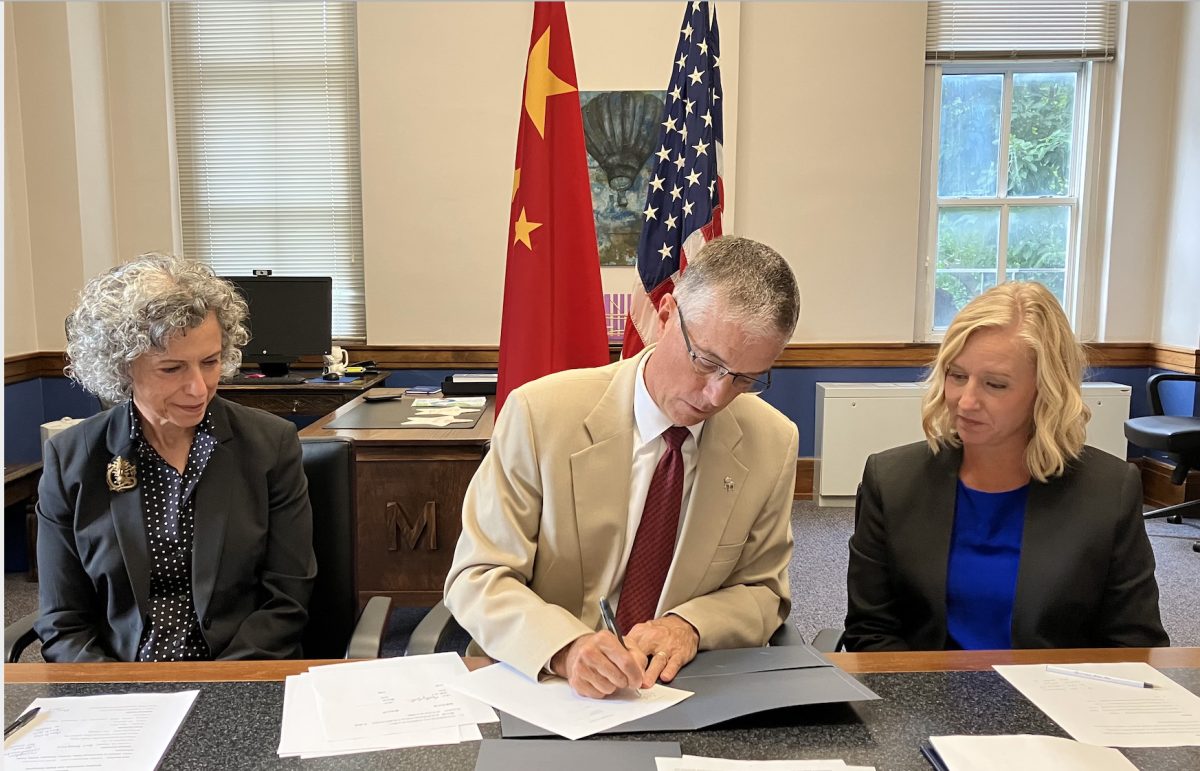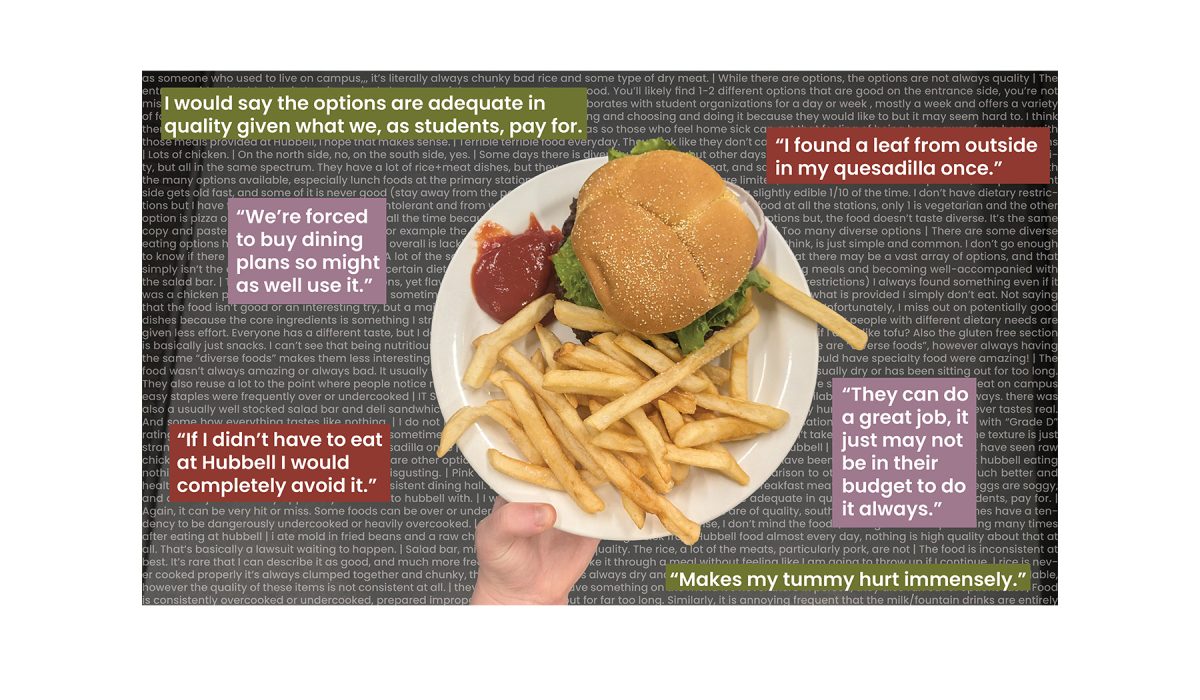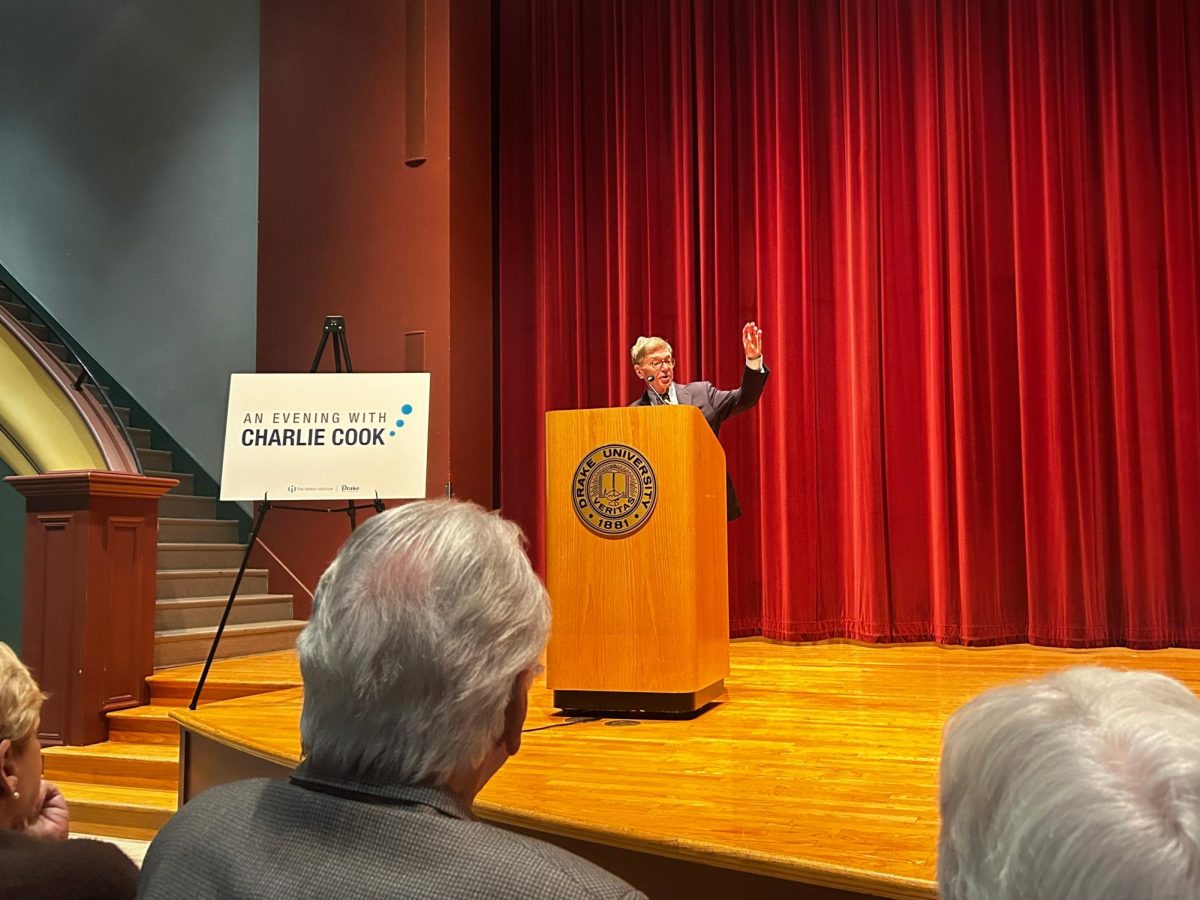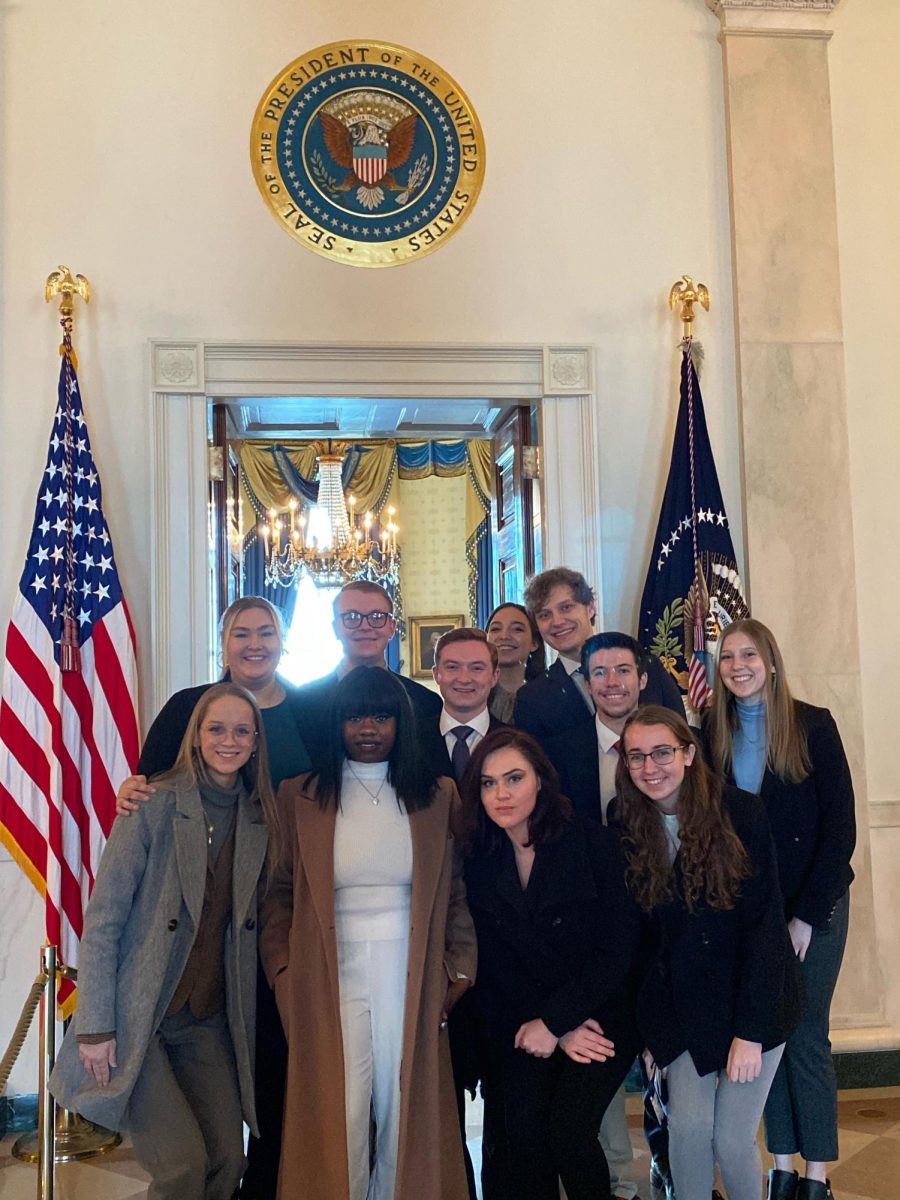Column by Olivia O’Hea
O’Hea is a first-year law, politics and society and journalism
major and can be reached at
[email protected]
Photo by Ashley Thompson
 If I only had 24 hours to write a romantic comedy, here’s how it would go:
If I only had 24 hours to write a romantic comedy, here’s how it would go:
A guy and a girl meet in second grade, probably in some endearing way like sharing a bus seat or being on the same soccer team. They become best friends, go to prom together and even attend the same college.
One character (the girl, because it’s always the girl in these situations) finds a boyfriend, falls in love and gets engaged. On her wedding day, the boy realizes he was secretly in love with her since age 8, interrupts the wedding in some grand manner and declares his love. She realizes she actually loves him and they live happily ever after.
 Throw in Channing Tatum, a great headliner song (“My Heart Will Go On,” “I’ll Be Seeing You”) and a sassy but lovable supporting character and call me a multi-million-dollar Hollywood writer.
Throw in Channing Tatum, a great headliner song (“My Heart Will Go On,” “I’ll Be Seeing You”) and a sassy but lovable supporting character and call me a multi-million-dollar Hollywood writer.
If Hollywood teaches us anything, it’s that men and women cannot, in any circumstances, remain “just friends.” Ross and Rachel, Forrest and Jenny, Johnny and June: different means to the same end.
The ultimate friends-turned-lovers movie, “When Harry Met Sally,” grossed roughly $92 million on this plot line alone. Harry and Sally meet on a cross-country road trip to New York, where they become instant friends and experience the trials and tribulations of post-graduate
life together.
Of course, the audience knows Harry and Sally will end up together. Why else would we suffer through 96 minutes of Billy Crystal’s whining? The key is, Harry and Sally don’t realize until the last 15 to 20 minutes that they were actually destined to be together.
“What I’m saying, and this is not a come-on in any way, shape or form, is that men and women can’t be friends because the sex part always gets in the way,” Harry said to Sally at the beginning of the movie.
The rest of the film follows this conjecture — men and women cannot, and should not, be friends because there is always an underlying sexual tension.
Most movies capitalize on this model — the protagonists become friends for the first hour or so, and then transition to more than friends in the final, penultimate minutes of the film.
Have you ever seen a romantic comedy where the characters meet, develop a friendship and remain just friends? Of course you haven’t, because that’s boring and realistic and a sad reminder of our own pitiful,
single lives.
Unfortunately, life is not like the movies. If it was, I’d be president of the United States, and Ryan Gosling would be my goofy but adorable husband and we would go on adventures
all the time.
While Harry, and movies in general, would lead us to believe that guys and girls can’t be friends without having sex and/or falling in love, real life is much less complex and much more
monotonous.
I can say without a doubt that I have plenty of “guy friends” with whom I have no sexual interest. I’m also quite certain they have no sexual interest in me, and yet we’re still friends.
True friendships form on common interests, shared senses of humor and trust in the other person, and these are the friendships that last. Attraction to another person is not a great way to start a friendship, and it doesn’t create a strong platonic
relationship.
There are so many things I admire and value in my friendships with the opposite sex. In fact, my hometown best friend is a guy, and a really cool one at that. That’s not to say I’ve ever been attracted to him, just as I’m not attracted to every guy
friend I have.
While it’s true that the best relationships form out of friendships, not every friendship forms into a relationship. The Rosses and Rachels of the world are the exception, not the rule.






